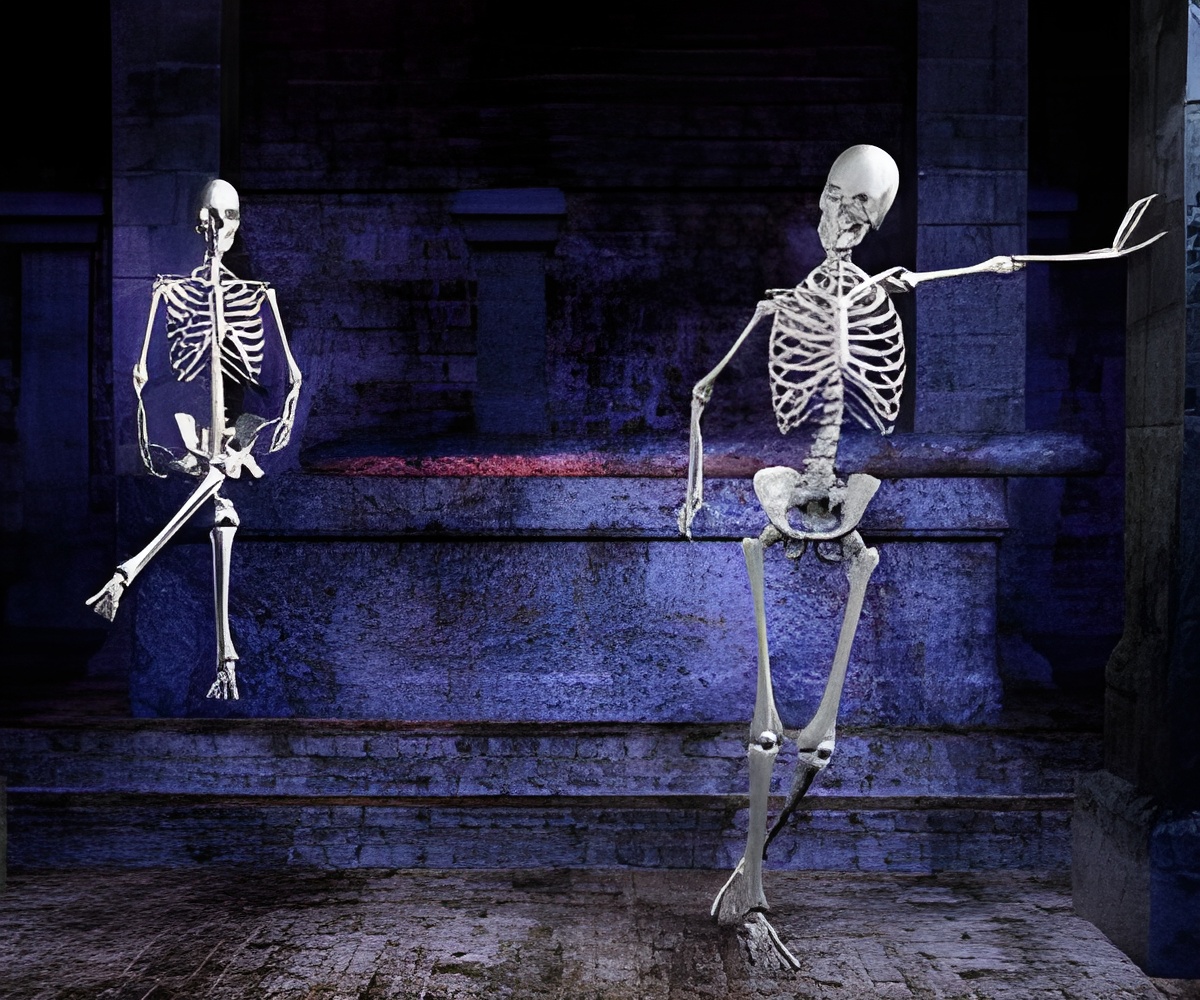
According to the researchers, this indicate a decoupling of upper and lower limb function in H naledi, providing an important insight into the skeletal form and function that may have characterized early members of the Homo genus.
Lead author William Harcourt-Smith from University of the Witwatersrand in South Africa describes H naledi's foot based on 107 foot elements from the Denaldi Chamber, including a well preserved adult right foot.
"H naledi foot shares many features with a modern human foot, indicating it is well-adapted for standing and walking on two feet. However, it differs in having more curved toe bones," Harcourt-Smith noted.
Another lead author Tracey Kivell and colleagues describe the H naledi hand based on nearly 150 hand bones from the Denaldi Chamber, including a nearly complete adult right hand (missing only one wrist bone) of a single individual, which is a rare find in the human fossil record.
The hand reveals a unique combination of anatomy that has not been found in any other fossil human before.
Advertisement
However, the finger bones are more curved than most early fossil human species, suggesting that H naledi still used their hands for climbing in the trees.
Advertisement
"The tool-using features of the H naledi hand in combination with its small brain size has interesting implications for what cognitive requirements might be needed to make and use tools," Kivell described.
The papers published in the scientific journal Nature Communications.
Source-IANS











